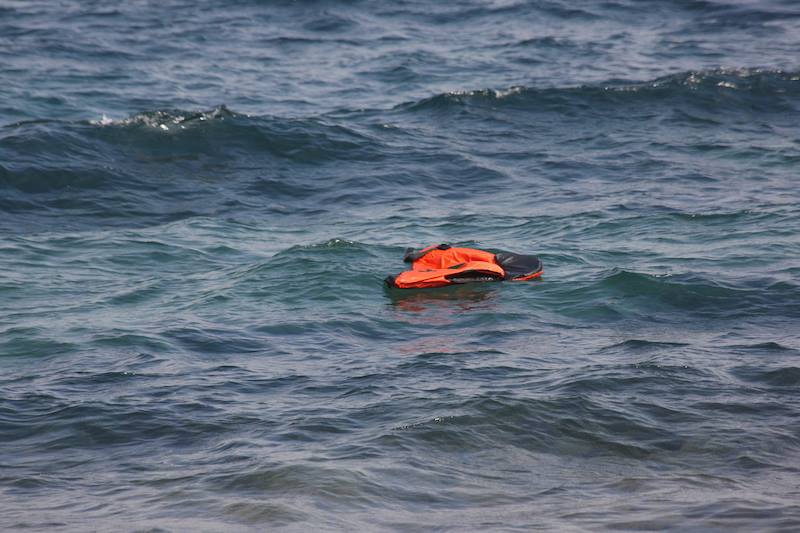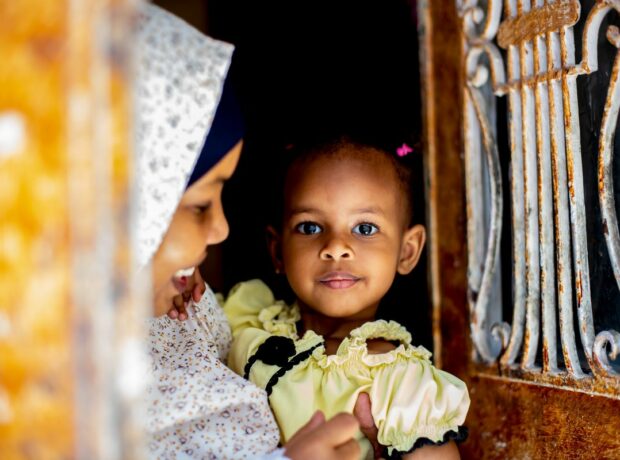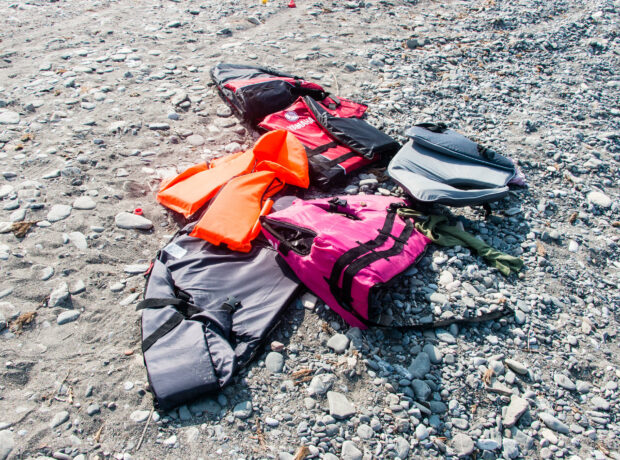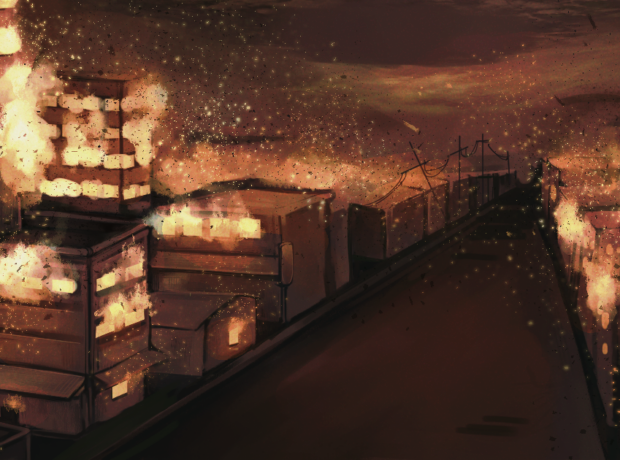“I don’t need to be on the news, I need to be rescued.” Maurice Stierl finds Mediterranean migration is changing as Libya’s coastguard is left to do the dirty work and flagrant human rights violations are becoming the norm.
When they called us from the sea, the 106 precarious travellers referred to their boat as a white balloon. This balloon, or rubber dinghy, was meant to carry them all the way to safety in Europe. The people on board – many men, about 20 women, and 12 children from central, west and north Africa – had left Khoms in Libya a day earlier, on the evening of January 19.
Though they survived the night at sea, many of passengers on the boat were unwell, seasick and freezing. They decided to call for help and used their satellite phone at approximately 11am the next day. They reached out to the Alarm Phone, a hotline operated by international activists situated in Europe and Africa, that can be called by migrants in distress at sea. Alongside my work as a researcher on migration and borders, I am also a member of this activist network, and on that day I supported our shift team who received and documented the direct calls from the people on the boat in distress.
The boat had been trying to get as far away as possible from the Libyan coast. Only then would the passengers stand a chance of escaping Libya’s coastguard. The European Union and Italy struck a deal in 2017 to train the Libyan coastguard in return for them stopping migrants reaching European shores. But a 2017 report by Amnesty International highlighted how the Libyan authorities operate in collusion with smuggling networks. Time and again, media reports suggest they have drastically violated the human rights of escaping migrants as well as the laws of the sea.
The migrant travellers knew that if they were detected and caught, they would be abducted back to Libya, or illegally “refouled”. But Libya is a dangerous place for migrants in transit – as well as for Libyan nationals – given the ongoing civil conflict between several warring factions. In all likelihood, being sent back to Libya would mean being sent to detention centres described as “concentration-camp like” by German diplomats.
The odds of reaching Europe were stacked against the people on the boat. Over the past year, the European-Libyan collaboration in containing migrants in North Africa, a research focus of mine, has resulted in a decrease of sea arrivals in Italy – from about 119,000 in 2017 to 23,000 in 2018. Precisely how many people were intercepted by the Libyan coastguards last year is unclear but the Libyan authorities have put the figure at around 15,000. The fact that this refoulement industry has led to a decrease in the number of migrant crossings in the central Mediterranean means that fewer people have been able to escape grave human rights violations and reach a place of safety.
Shifting responsibility
In repeated conversations, the 106 people on the boat made clear to the Alarm Phone activists that they would rather move on and endanger their lives by continuing to Europe than be returned by the Libyan coastguards. The activists stayed in touch with them, and for transparency reasons, the distress situation was made public via Twitter.
Around noon, the situation on board deteriorated markedly and anxiety spread. With weather conditions worsening and after a boy had fallen unconscious, the people on the boat expressed for the first time their immediate fear of dying at sea and demanded Alarm Phone to alert all available authorities.
Read more: Living in limbo: How refugees pass time at an asylum centre in Italy
The activists swiftly notified the Italian coastguards. But both the Italian Maritime Rescue Coordination Centre, and in turn the Maltese authorities, suggested it was the Libyan coastguard’s responsibility to handle the distress call. And yet, eight different phone numbers of the Libyan coastguards could not be reached by the activists.
In the afternoon, the situation had come across the radar of the Italian media. When the Alarm Phone activists informed the people on board that the public had also been made aware of the situation by the media one person succinctly responded:
“I don’t need to be on the news, I need to be rescued.”
And yet media attention catapulted the story into the highest political spheres in Italy. According to a report in the Italian national newspaper Corriere della Sera, the prime minister, Giuseppe Conte, took charge of the situation, stating that the fate of the migrant boat could not be left to Alarm Phone activists. Conte instructed the Italian foreign intelligence service to launch rapid negotiations with the Libyan coastguards. It took some time to persuade them, but eventually, the Libyans were convinced to take action.
In the meantime, the precarious passengers on the boat reported of water leaking into their boat, of the freezing cold, and their fear of drowning. The last time the Alarm Phone reached them, around 8pm, they could see a plane in the distance but were unable to forward their GPS coordinates to the Alarm Phone due to the failing battery of their satellite phone.
Sent back to Libya
About three hours later, the Italian coastguards issued a press release: the Libyans had assumed responsibility and co-ordinated the rescue of several boats. According to the press release, a merchant vessel had rescued the boat and the 106 people would be returned to Libya.
According to the survivors and Médecins Sans Frontières who treated them on arrival, at least six people appeared to have drowned during the voyage – presumably after the Alarm Phone lost contact with them. Another boy died after disembarkation.
A day later, on January 21, members of a second group of 144 people called the Alarm Phone from another merchant vessel. Just like the first group, they had been refouled to Libya, but they were still on board. Some still believed that they would be brought to Europe.
Read more: “Trafficked women are used like dolls – like stuff that should be sold”
Speaking on the phone with the activists, they could see land but it was not European but Libyan land. Recognising they’d been returned to their place of torment, they panicked, cried and threatened collective suicide. The women were separated from the men – Alarm Phone activists could hear them shout in the background. In the evening, contact with this second group of migrants was lost.
During the evening of January 23, several of the women of the group reached out to the activists. They said that during the night, Libyan security forces boarded the merchant vessel and transported small groups into the harbour of Misrata, where they were taken to a detention centre.
They said they’d been beaten when refusing to disembark. One of them, bleeding, feared that she had already lost her unborn child.
On the next day, the situation worsened further. The women told the activists that Libyan forces entered their cell in the morning, pointing guns at them, after some of the imprisoned had tried to escape. Reportedly, every man was beaten. The pictures they sent to the Alarm Phone made it into Italian news, showing unhygienic conditions, overcrowded cells, and bodies with torture marks.
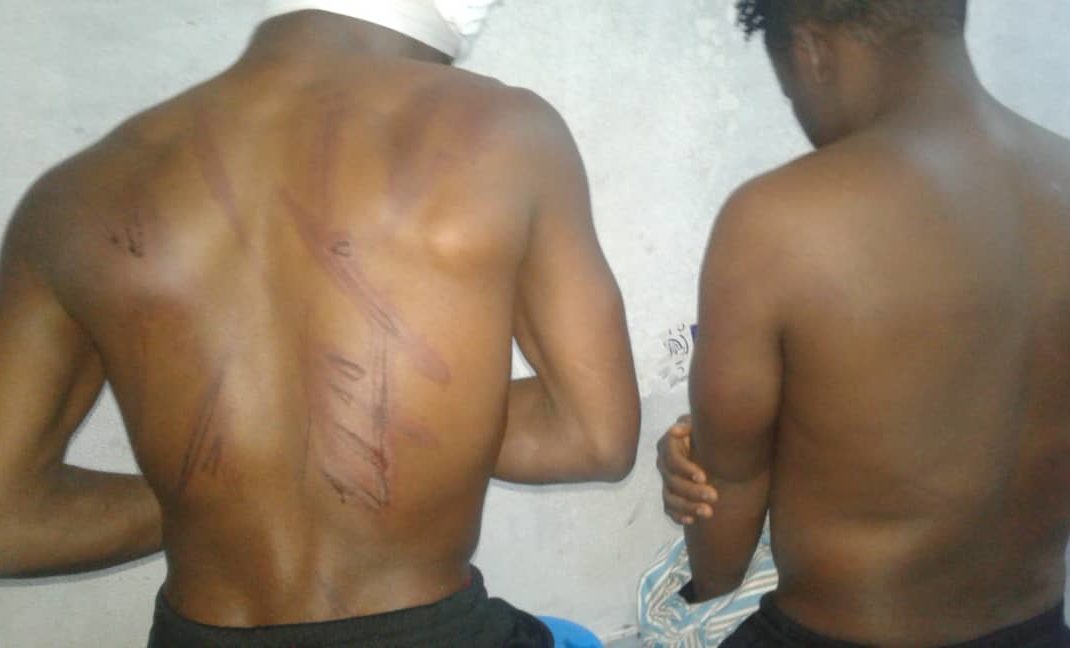
Just like the 106 travellers on the “white balloon”, this second group of 144 people had risked their lives but were now back in their hell.
Profiteering
It’s more than likely that for some of these migrant travellers, this was not their first attempt to escape Libya. The tens of thousands captured at sea and returned over the past years have found themselves entangled in the European-Libyan refoulement “industry”. Due to European promises of financial support or border technologies, regimes with often questionable human rights records have wilfully taken on the role as Europe’s frontier guards.
In the Mediterranean, the Libyan coastguards are left to do the dirty work while European agencies – such as Frontex, Eunavfor Med as well as the Italian and Maltese coastguards – have withdrawn from the most contentious and deadly areas of the sea.
It’s sadly not surprising that flagrant human rights violations have become the norm rather than the exception. Quite cynically, several factions of the Libyan coastguards have profited not merely from Europe’s financial support but also from playing a “double game” in which they continue to be involved in human smuggling while, disguised as coastguards, clampdown on the trade of rival smuggling networks. This means that the Libyan coastguards profit often from both letting migrant boats leave and from subsequently recapturing them.
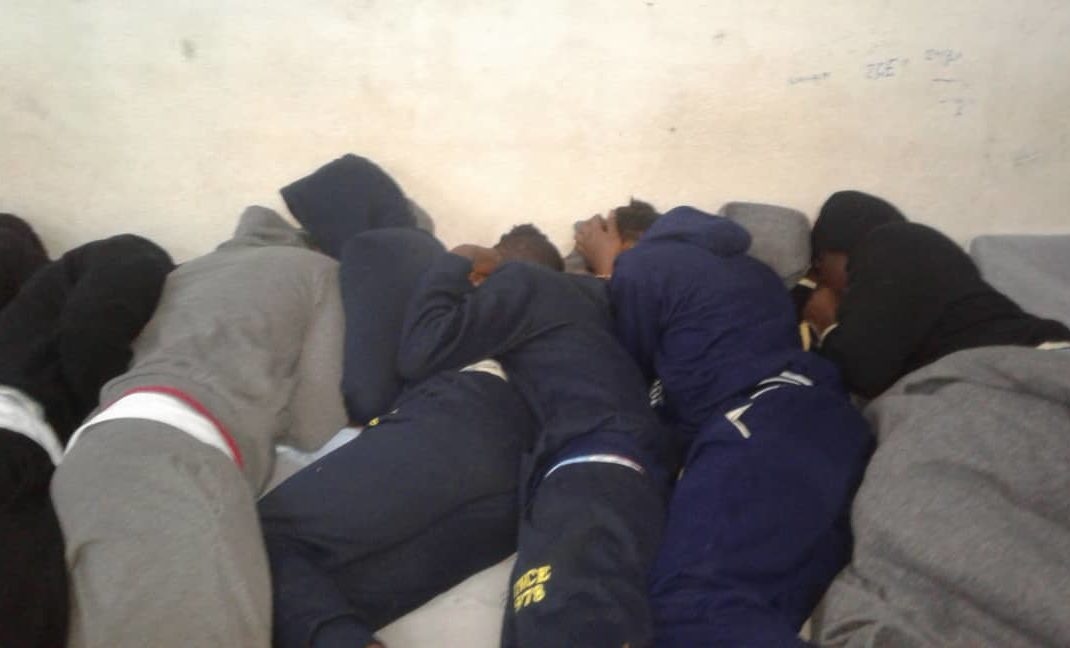
The detention camps in Libya, where torture and rape are everyday phenomena, are not merely containment zones of captured migrants – they form crucial extortion zones in this refoulement industry. Migrants are turned into “cash cows” and are repeatedly subjected to violent forms of extortion, often forced to call relatives at home and beg for their ransom.
Despite this systematic abuse, migrant voices cannot be completely suppressed. They continue to appear, rebelliously, from detention and even from the middle of the sea, reminding us all about Europe’s complicity in the production of their suffering.
This article is republished from The Conversation under a Creative Commons licence. Read the original article.
